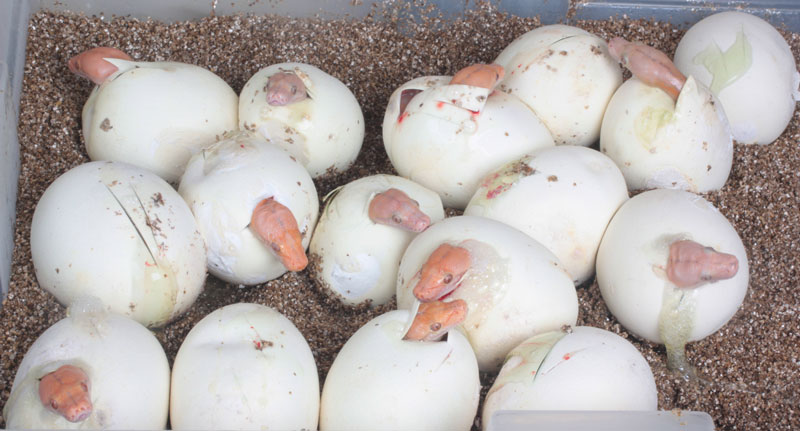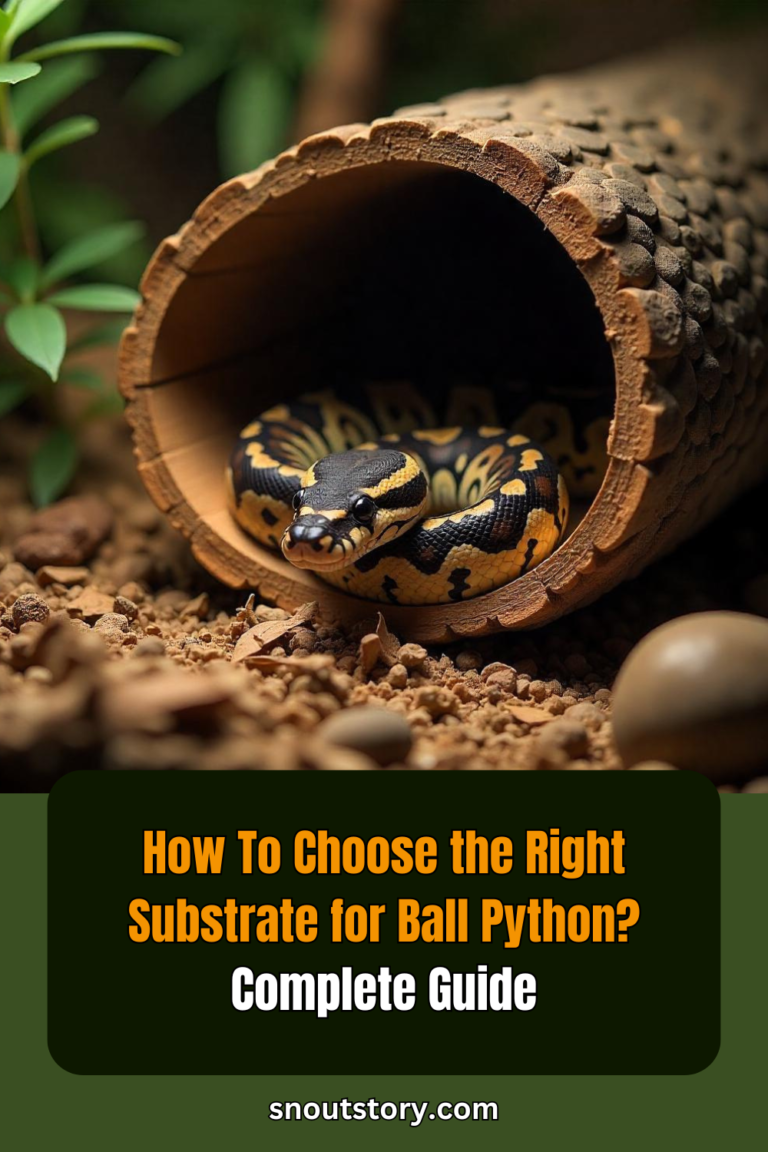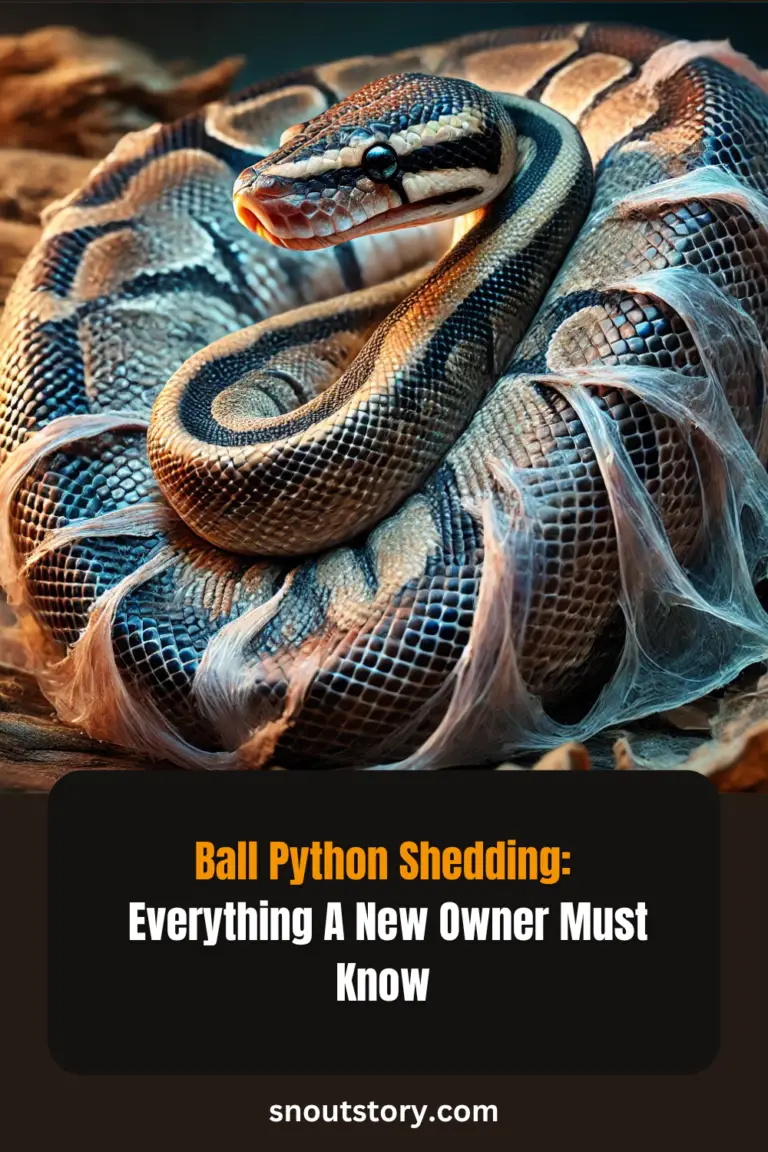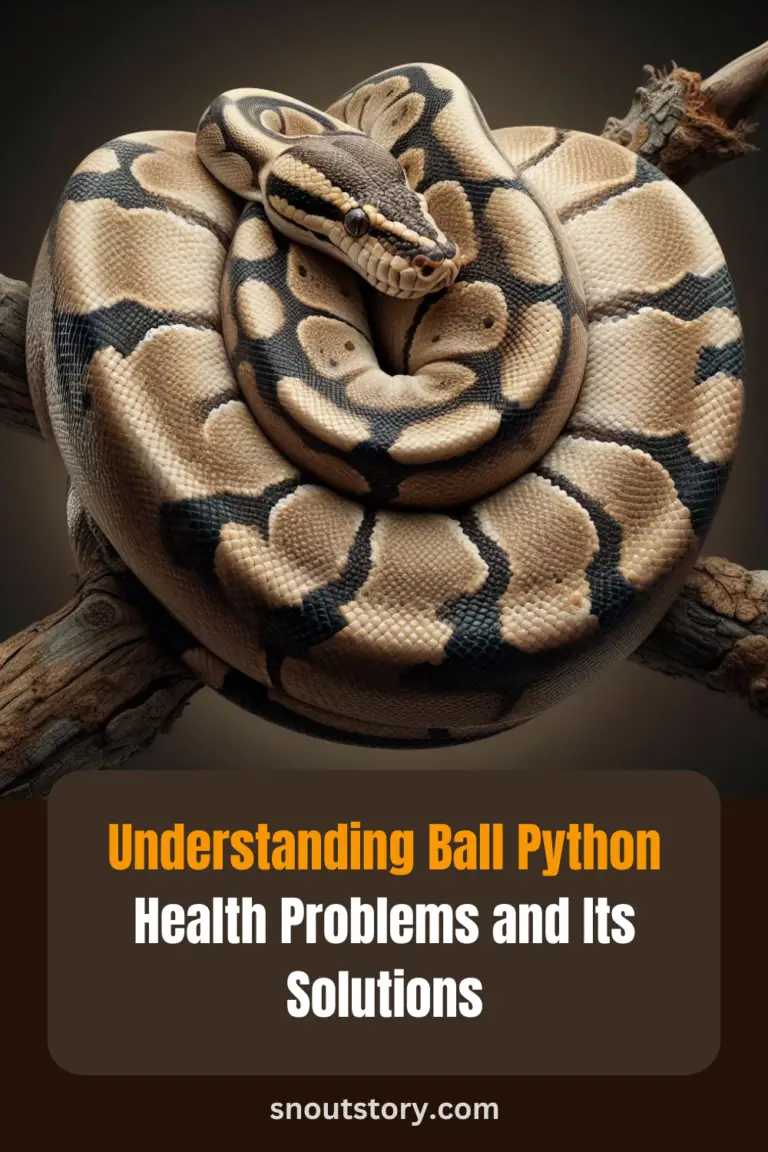Disclaimer
“This Blog is completely reader supported, for any purchase you make from affiliate links on this blog we earn a small commissions with no extra cost to you, which I use to feed my poor puppies 🥺”
Ball pythons are one of the most popular reptiles among pet owners and breeders alike. These snakes are known for their calm demeanor, small size, and wide variety of color morphs. In this article, we will cover all the essential aspects of breeding ball pythons, from selecting the right pair of snakes to incubating and raising the hatchlings.
Choosing the Right Breeding Pair
The first step in breeding ball pythons is to select a healthy and genetically diverse breeding pair. When selecting a breeding pair, it is important to consider the following factors:
- Age: Ball pythons typically reach breeding maturity between the ages of 2-3 years old. It is recommended to wait until a ball python reaches its full size, which can take up to 5 years, before breeding. Breeding a snake that is too young can cause harm to the animal and may result in smaller or weaker offspring.
- Size: Male ball pythons should be at least 1000 grams, while females should be at least 1500 grams. A heavier female will have a greater chance of producing a larger clutch of eggs and a better chance of producing healthy offspring. Male ball pythons, on the other hand, should have reached their full size and weight to ensure they are capable of breeding.
- Health: Breeding snakes should be in good health and free of any parasites or diseases. It is important to have a veterinarian examine the breeding pair before breeding to ensure that they are in good health and free of any health issues that may affect their ability to breed or the health of their offspring.
- Morph: Consider the desired morph or color pattern that you want to produce in your hatchlings. Ball pythons have a wide variety of morphs, from the classic wild type to the highly sought-after albino morph. Breeding a morph that is in high demand can increase the value of your offspring. However, it is important to consider the genetics behind each morph to ensure that the offspring will not suffer from any genetic defects.
Ball Python Breeding Season
Ball pythons breed in the spring and early summer, with the majority of breeding occurring between March and June. During this time, the males will become more active and aggressive, and the females will show signs of being gravid (egg-bearing).
The males will also exhibit behavior such as musking and crawling over the female, which are signs that they are ready to breed.
Setting Up a Ball Python Breeding Enclosure
A suitable breeding enclosure should be provided for your ball pythons. This enclosure should provide a warm and secure environment that mimics the natural conditions in their native habitat.
The temperature range for a breeding enclosure should be between 82-86°F, with a basking spot that reaches 90-93°F. A hiding spot should also be provided for the female to retreat to if she feels threatened.
It is important to maintain consistent temperatures and humidity levels in the breeding enclosure to ensure the health and well-being of the snakes. A thermometer and hygrometer should be used to monitor the temperature and humidity levels in the enclosure. Additionally, the enclosure should be cleaned regularly to prevent the buildup of bacteria and parasites.
Ball Python Egg Incubation
Once the female has laid her eggs, they should be carefully removed from the breeding chamber and placed in an incubation container.
The temperature of the incubation container should be between 82-86°F, with a humidity level between 50-60%. Incubation typically lasts between 50-60 days, and the hatchlings should emerge fully formed and ready to feed.
Choosing the correct incubator is extremely essential while incubating the eggs to make sure eggs hatch properly and all the offspring’s are born healthy. Here is a Incubator which I have been personally using for last 3 years and would surely recommend you guys to use:
Happybuy Red Reptile Incubator 25L Scientific Lab Incubator Digital Incubator Cooling and Heating

The incubation container should be kept in a secure location that is free from any fluctuations in temperature and humidity. A thermostat and a hygrometer should be used to monitor the temperature and humidity levels in the incubation container to ensure that the eggs are developing properly.
The Ball Python Egg Hatching Period: What to Expect
Ball pythons lay eggs approximately 4 to 6 weeks after mating, and the hatching period typically lasts between 50 and 60 days. During this time, it is important to provide the proper care and conditions for the eggs to develop and hatch successfully.
How Many Eggs Do Ball Pythons Lay?
Ball pythons typically lay between 4 and 10 eggs per clutch. However, the exact number of eggs laid can vary based on factors such as the age and health of the snake, environmental conditions, and the availability of food. It is not uncommon for ball pythons to lay smaller clutches of 2 to 3 eggs, or larger clutches of up to 15 or more eggs.
Assistance with Hatching
In some cases, the hatchlings may need assistance in hatching, particularly if they are having difficulty emerging from their shells. This may involve gently breaking away the top of the egg to allow the hatchling to escape, or carefully removing the eggshell to reveal the hatchling inside. It is important to handle the hatchlings with care, as they are delicate and may be easily injured.
Raising the Hatchlings

After hatching, the ball python hatchlings should be moved to a separate enclosure that is suitable for their size and needs. The enclosure should provide a warm and secure environment, with a temperature range between 80-85°F and a basking spot that reaches 90-93°F. A hiding spot should also be provided for the hatchlings to retreat to if they feel threatened.
The hatchlings should be fed every 5-7 days with small, appropriately-sized prey, such as pinky mice. It is important to monitor the feeding and growth of the hatchlings to ensure that they are healthy and developing properly.
As the hatchlings grow, they should be moved to larger enclosures to accommodate their size and needs. It is important to provide them with a suitable environment, proper nutrition, and regular veterinary care to ensure their health and well-being.
Ball Python Breeding Common Problems
Ball python breeding is a challenging but rewarding process that requires a great deal of dedication, care, and expertise. However, like any animal breeding process, ball python breeding is not without its share of problems.
Some of the most common problems encountered in ball python breeding include infertility, egg-laying issues, incubation problems, and hatchling health issues.
Infertility
Infertility is one of the most common problems encountered in ball python breeding. This can be caused by a variety of factors, including genetics, age, stress, poor nutrition, and health problems. If infertility is suspected, a veterinary examination should be conducted to determine the cause and make any necessary recommendations for treatment.
Egg-Laying Issues
Egg-laying issues are another common problem in ball python breeding. This can include problems with egg-laying itself, such as laying eggs in inappropriate places or having trouble laying eggs altogether.
Eggs can also be infertile or have shells that are too thin, too soft, or too hard. If egg-laying issues are suspected, it is important to consult with a veterinarian to determine the cause and make any necessary recommendations for treatment.
Egg Binding
Ball python egg binding is a serious condition that occurs when a female ball python is unable to lay her eggs naturally.
The exact cause of ball python egg binding is not always clear, but it is often related to a variety of factors, including obesity, lack of calcium, genetics, and other health problems.
Incubation Problems
Incubation problems can also occur in ball python breeding. This can include issues with temperature, humidity, and other environmental factors that can impact the development of the eggs.
Incorrect incubation temperatures or humidity levels can result in the eggs not hatching, or the hatchlings being deformed or unhealthy. It is important to monitor the incubation conditions closely and make any necessary adjustments to ensure that the eggs are developing properly.
Hatchling Health Issues
Hatchling health issues are also a common problem in ball python breeding. This can include issues with feeding, growth, and overall health.
Hatchlings may be unable to feed properly, or may not grow at a healthy rate. It is important to monitor the hatchlings closely and make any necessary adjustments to ensure that they are healthy and developing properly.
Conclusion
If you found our content helpful and valuable, you can support us by making any of your purchases (even products other than recommended in the blog) from our affiliate links (Ofc with no extra cost to you😉).
Breeding ball pythons require a significant investment of time, resources, and knowledge. However, with the right setup, genetics, and care, breeding ball pythons can be a rewarding and fulfilling experience. By following the guidelines outlined in this article, you can produce healthy and genetically diverse offspring that will bring you years of enjoyment.
Recommended

Vedant Narvekar is an experienced digital marketing expert with a profound love for nature and animals. With a career rooted in leveraging online platforms to drive engagement and promote meaningful causes, Vedant’s passion for animals inspired him to start Snout Story—a blog dedicated to educating people about pet keeping and sharing proper knowledge about caring for animals. Drawing on his expertise in digital marketing, Vedant utilizes his platform to advocate for responsible pet ownership, providing valuable insights on pet care, training, nutrition, and more. Through Snout Story, Vedant aims to empower pet lovers with the information they need to provide the best possible care for their furry companions, while also fostering a deeper appreciation for the natural world and the creatures that inhabit it.







